Taking an idea from improv theatre leads me to four levels of success you can use in your game. To keep the action rolling for the characters.
I’m still waiting for the book, Improve for Gamers from Evil Hat, as it’s released in November. It distils a workshop series also called Improv for Gamers. The basic idea from improv can be summarised as You cannot say No. As this can stop the scene. You can get away with No but or No and. This leads to the four options listed below and how I mentally relate them to gameplay.
- Yes, and. This is a critical success with it’s yes you succeed and another good thing happens.
- Yes, but. This feels just like a regular success, but as a GM you throw something else in there to keep things spicy.
- No, but. This is the standard, “I did not succeed” or failing, which tends to stop the action cold. However, if you describe how close they are and give a +1 to the next roll, then it keeps the story flowing. In essence, this delays success.
- No, and. This is a fumble, critical failure, or similar. Here’s where The Alexandrian’s Three Clue Rule becomes critical as it can avoid the impassible roadblock. So still resolve the disaster of action and move on to the new.
Some bad examples of the four levels of success
The idea does not always work, but here are some examples.
Epic level bullshit. The critical success is great on the dice, but how does it translate into the game world. A crit feels less important when knocking out a mook with 1 HP. So as a GM, it’s worth having something flow on to give that advantage to the table. The mook’s weapon bounces into the villain, lowering their defence. The ganger’s head flies across the room wedging the villains’ escape path open to enable pursuit.
Business as Usual. This is where the character tends to pass every check and leads to a lacklustre session with few highs & lows as there is little tension. And this is the point to spice it up with a “yes but” to complicate matters. But a word of warning is that you don’t want to just keep heaping on the complications as the session will need to move towards a resolution.
EG. The PCs are facing a hostile bard in the tavern, and the PCs deal with every social conflict the bard can throw at them. The jilted barmaid, the rowdy patrons, and the song of ridicule all make for good conflict in a game session, but it should not go on forever. The bard is forced to leave by the PCs. Maybe to get more help in the form of street thugs, wizardly curses, or the town watch.
One chance only. Characters do stupid things. While you provide opportunities to succeed, or even survive. Sometimes the dice lay on the hate. So jumping from a building to grab the swinging arm of the crane on a nearby building is an example of one chance only. if they miss they are likely to plummet to their death.
If they fail, then having the +1 to another try makes little difference. But +1 to smash through the window below, grab and slide down the side of the building, or even make the landing. All make for good narrative developments.
Oh my God No! What happens when a character fumbles SO badly that they derail the campaign? The equivalent of a magical supernova.
I’ve had this happen and I was at a complete loss of how to proceed. As Web DM and others have talked about, the only thing you can do is take a break to give yourself some time to think. Steal from character backstories, brainstorm some possibilities, or work with the players for ideas.
While not completely on point, once playing Crucible at Conquest, I had the privilege of watching a GM masterfully reassemble the climax of the game session into something truly special.
So…
Constantly using the simple Yes/No success idea of early roleplaying can lead to some dead ends for the story. However, by using the four levels of success, you can enhance the flow of your game. This should lead to better sessions for you and your players.
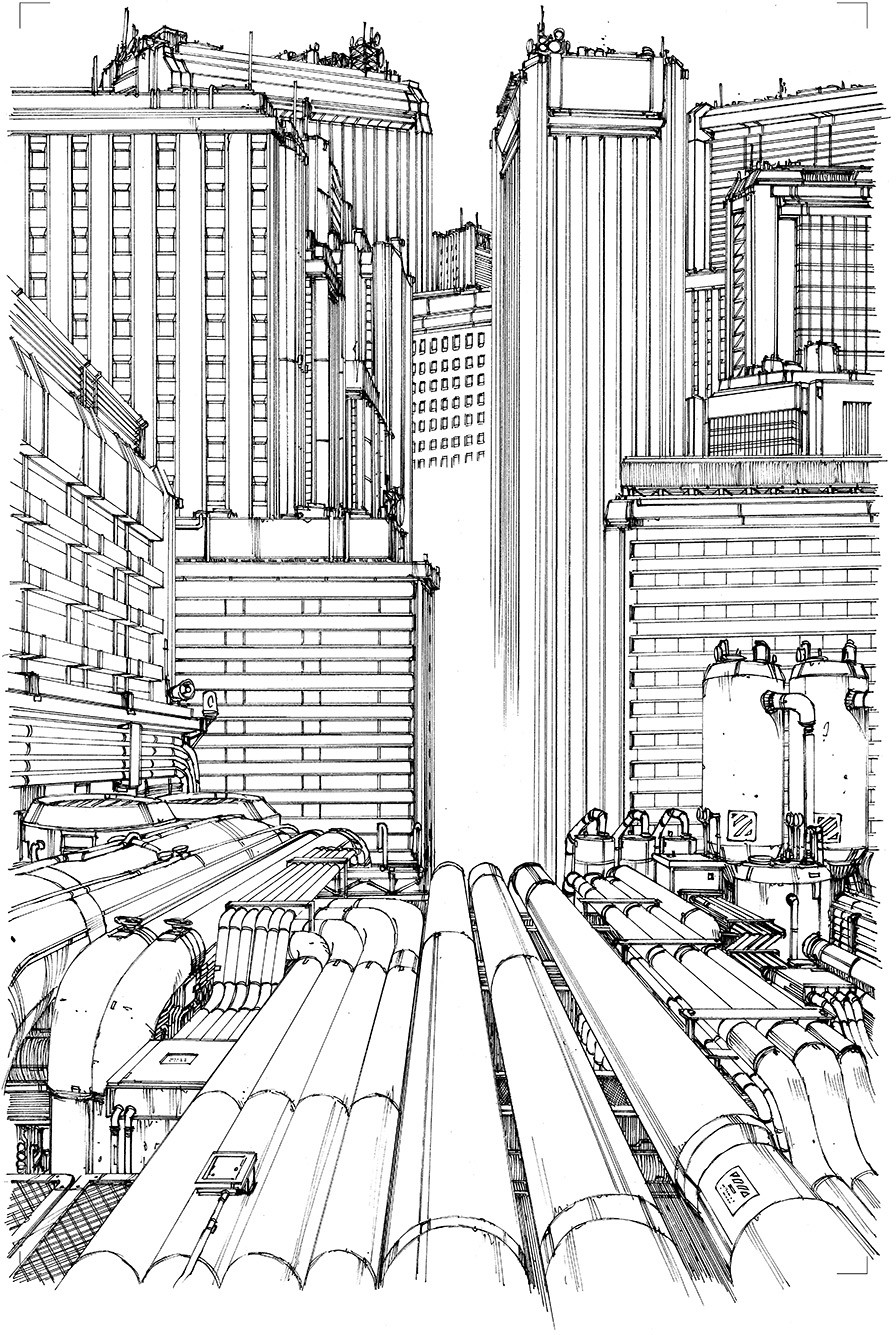
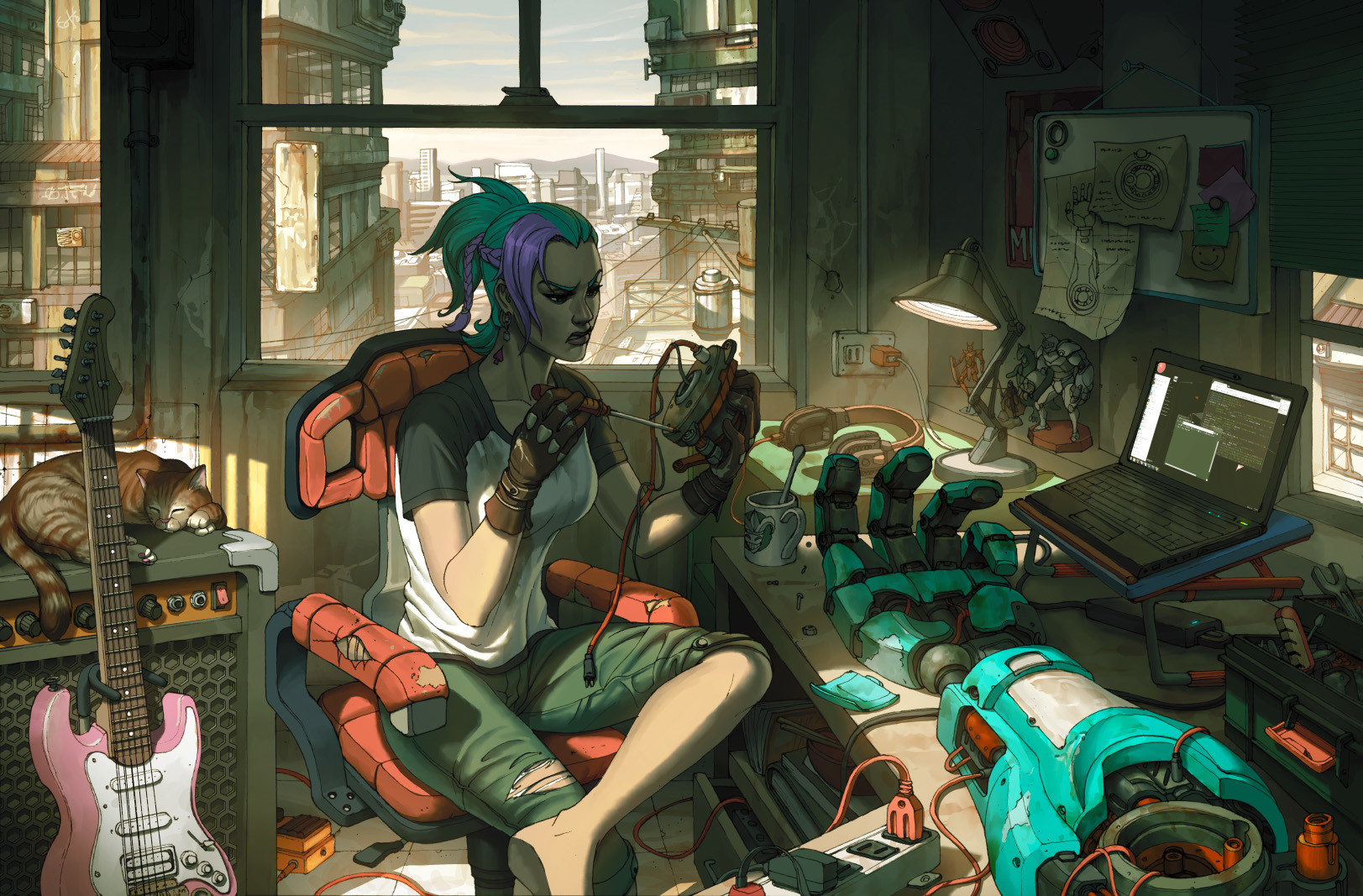
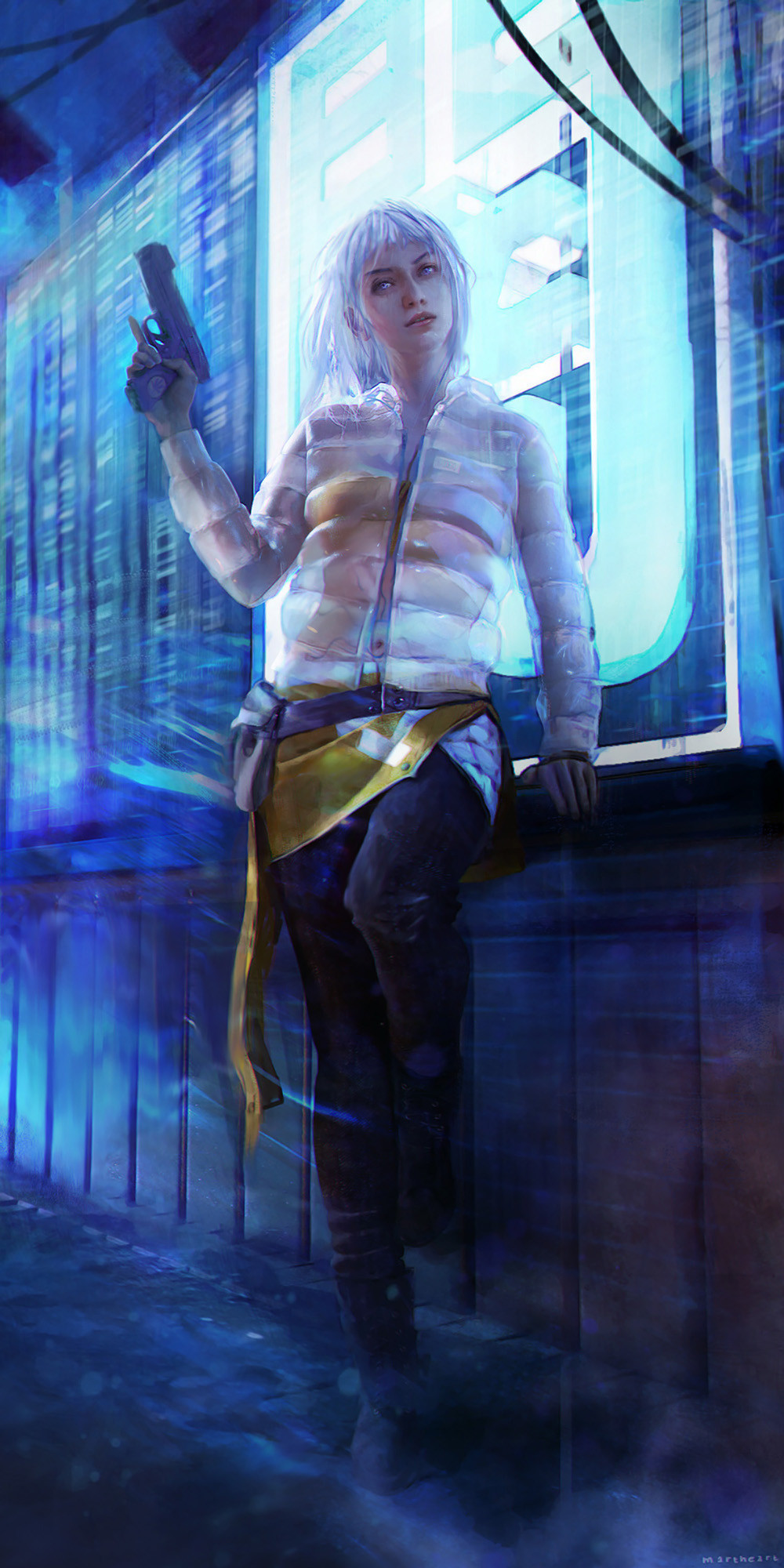
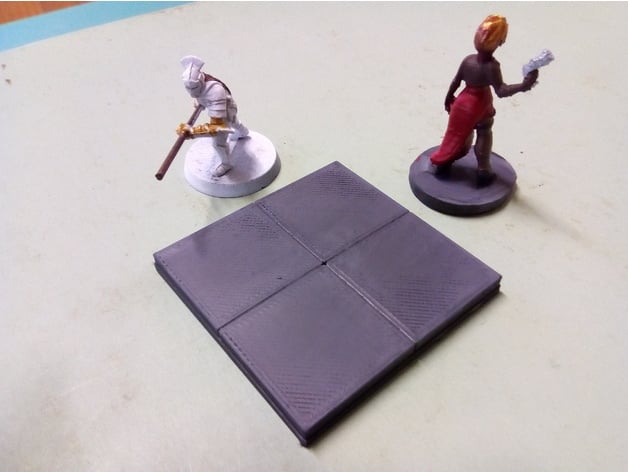
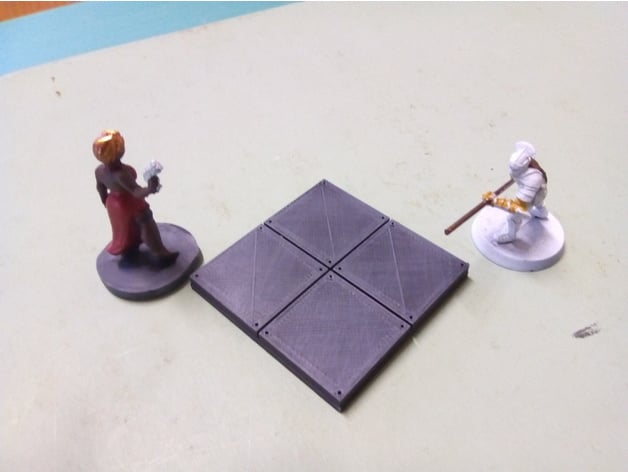

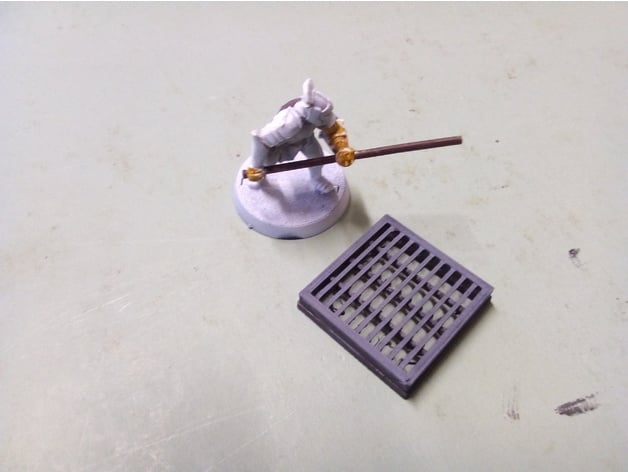
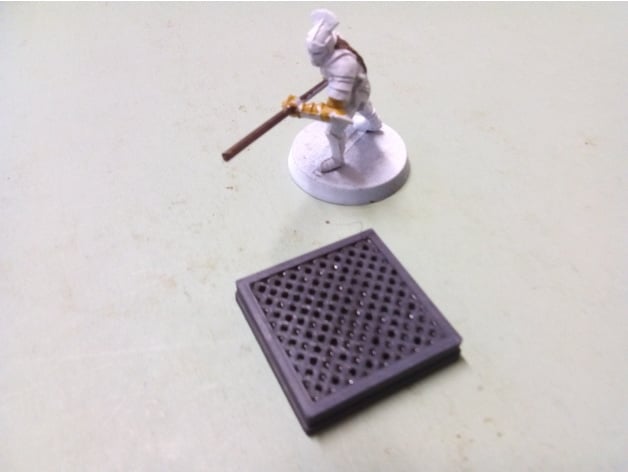
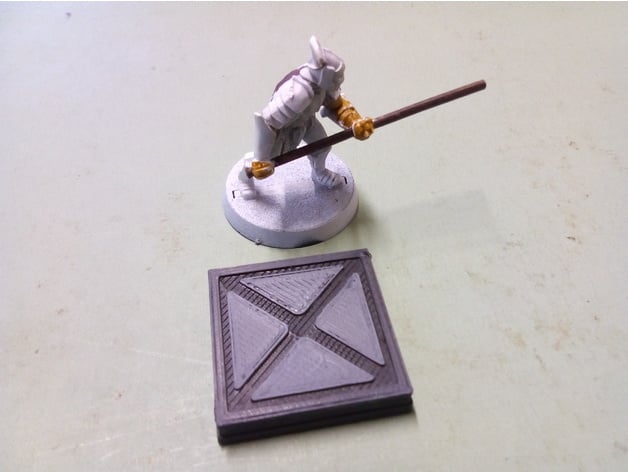
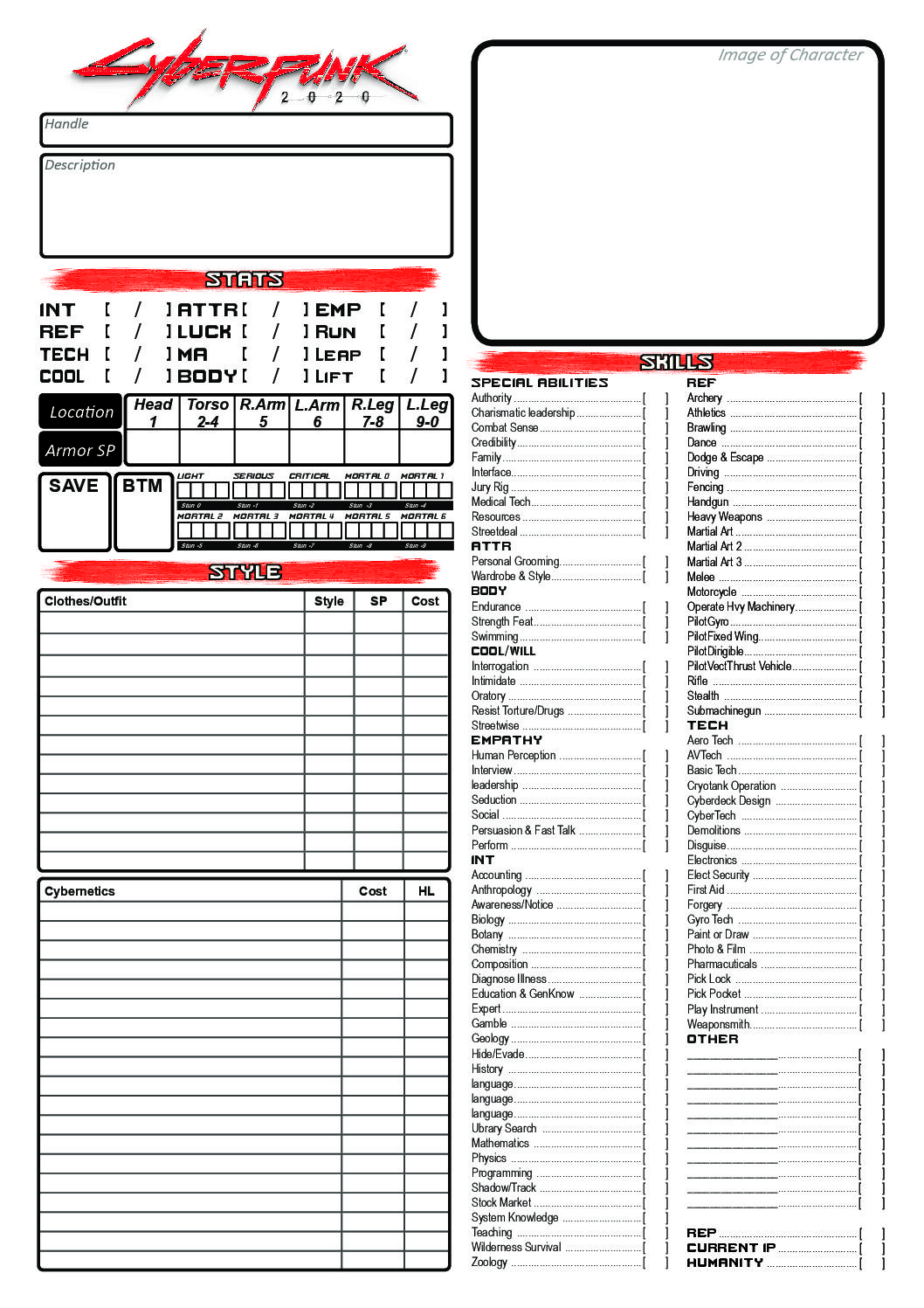
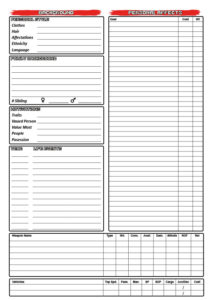





You must be logged in to post a comment.